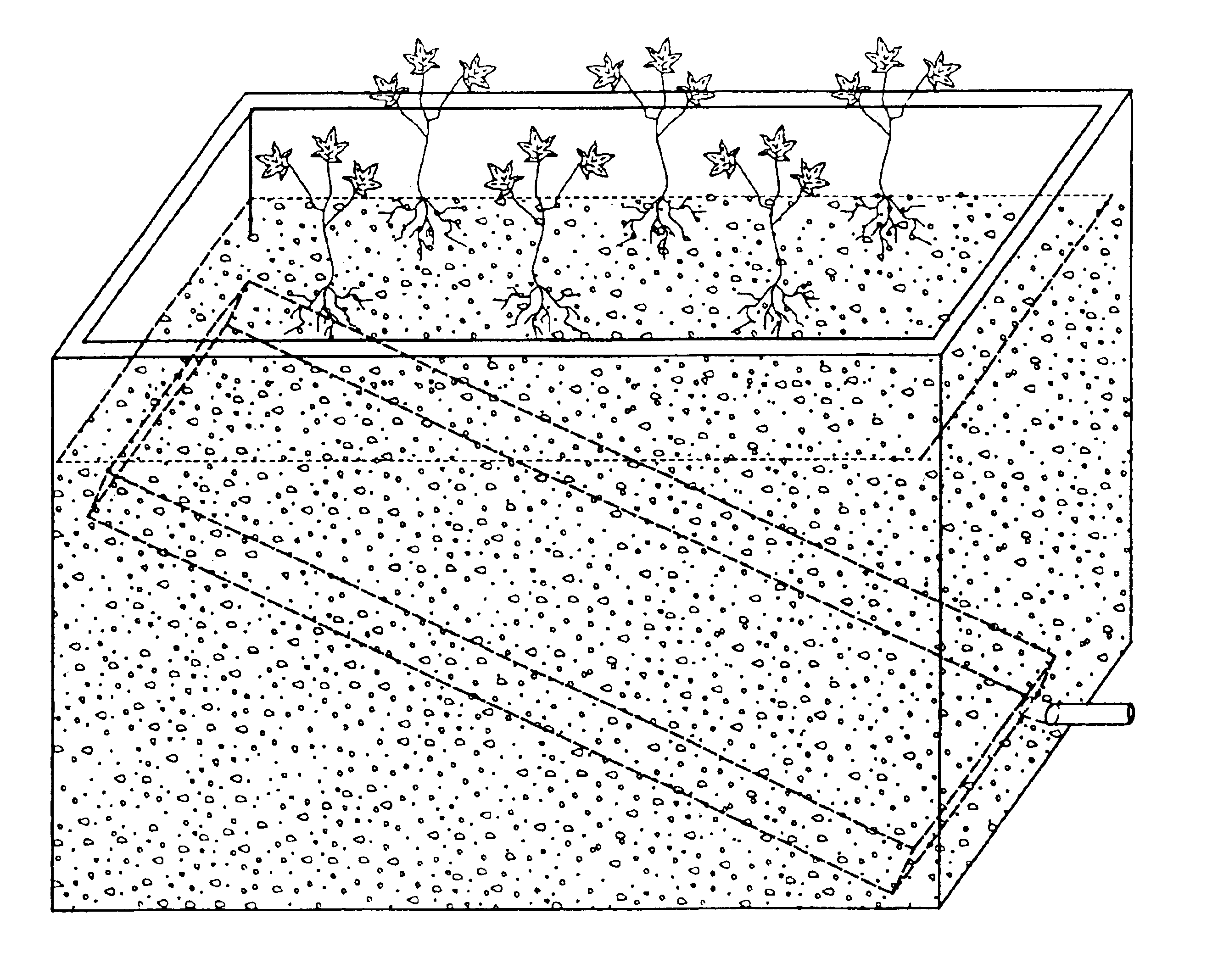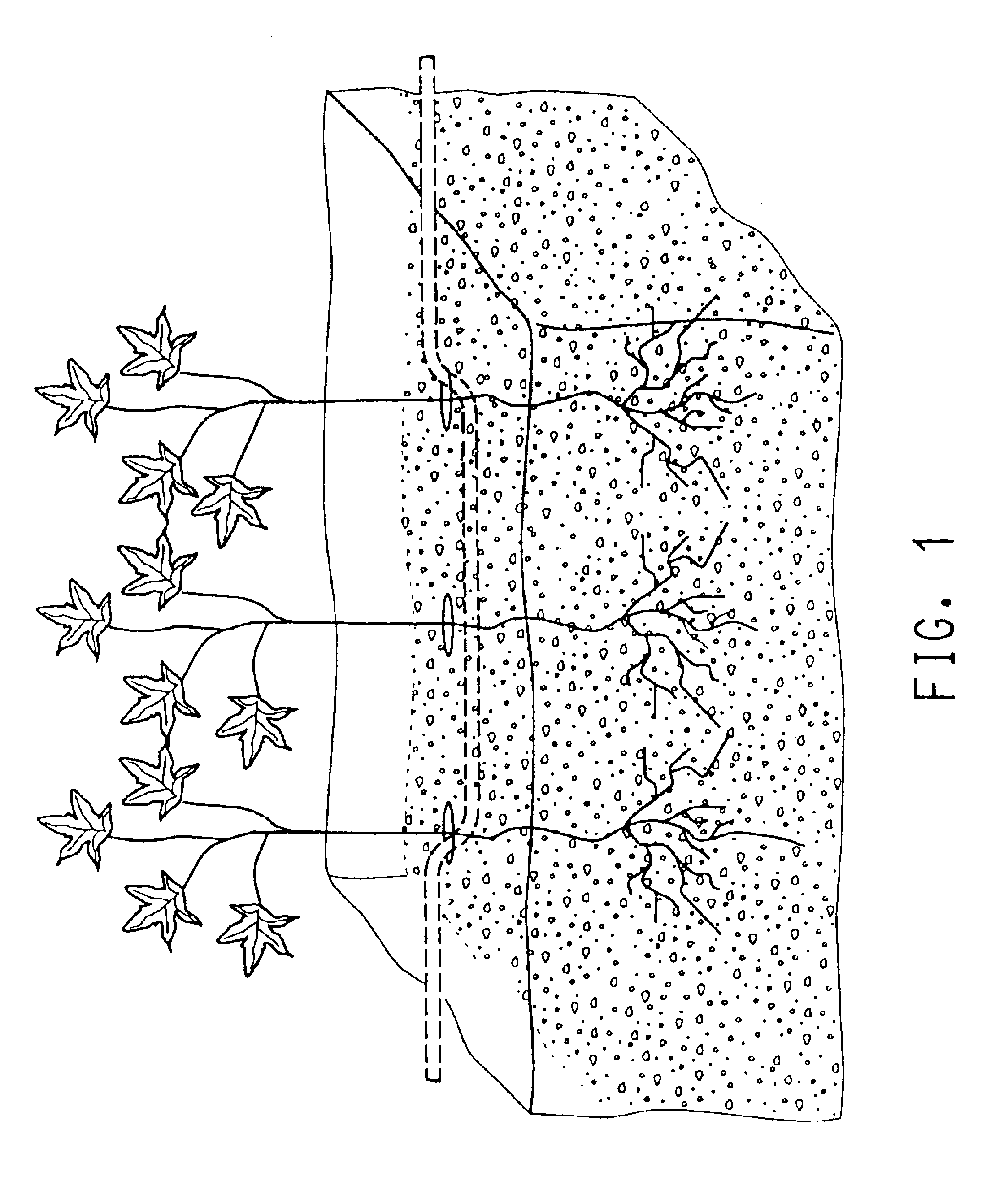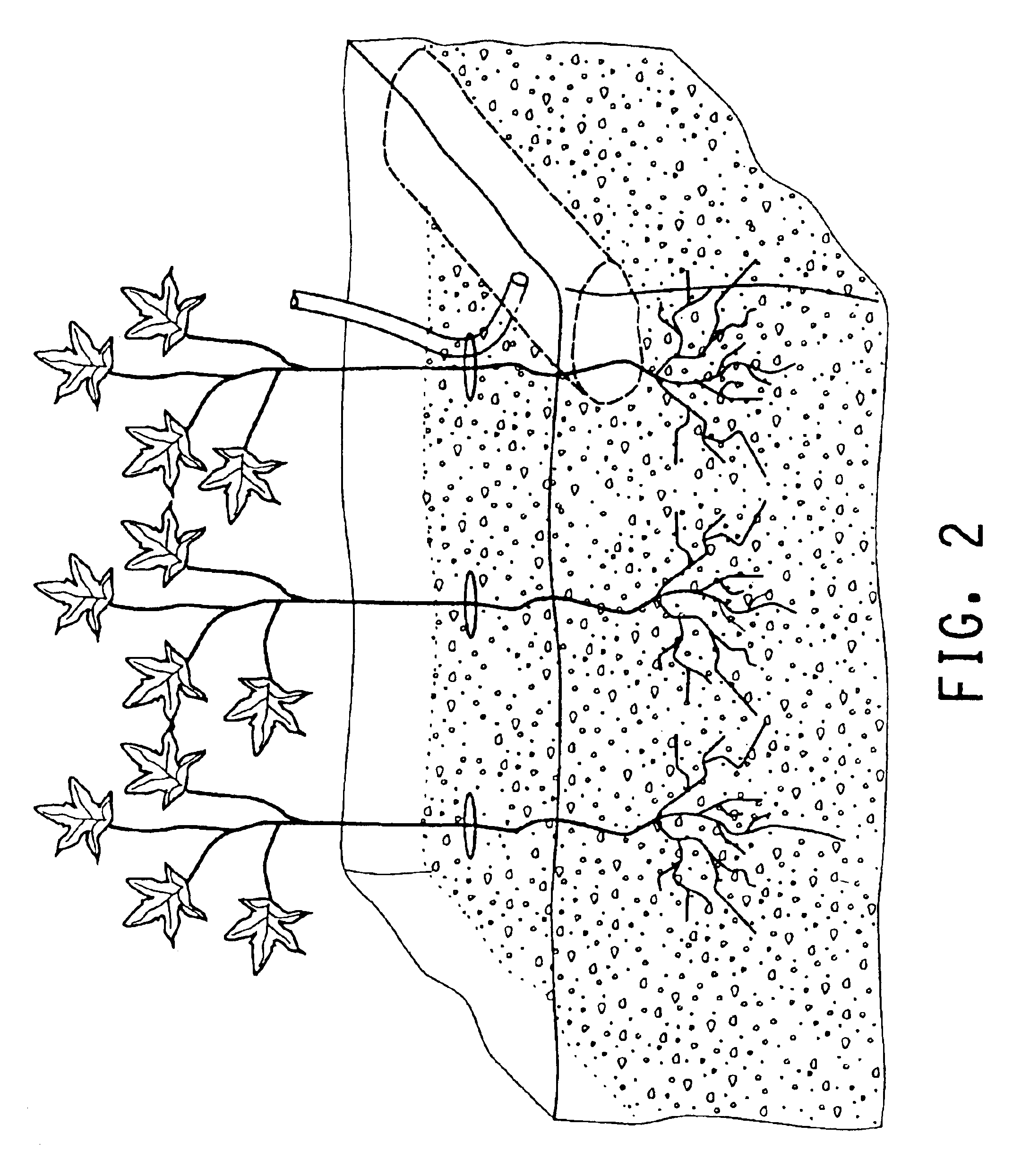Water purification apparatus
a technology of water purification apparatus and water storage tank, which is applied in the direction of filtration separation, seed and root treatment, food preparation, etc., can solve the problems of high energy input of distillation process and generally higher cost than reverse osmosis process
- Summary
- Abstract
- Description
- Claims
- Application Information
AI Technical Summary
Problems solved by technology
Method used
Image
Examples
examples
[0053]In the examples that follow, Copolyetherester A is a polymer made according to the method disclosed in U.S. Pat. No. 4,725,481 starting from 30 parts of dimethyl terephthalate, 57 parts of a poly(alkylene)glycol the alkylene content of which comprises of 65% ethylene and 35% propylene, 9 parts of dimethyl isophthalate, 16 parts of butanediol (stoichiometric amount) and 0.7 parts of trimethyl trimellitate. Copolyetherester A contains about 37% by weight of poly(ethylene oxide)glycol, and the membranes made from Copolyetherester A feature a water swell of around 54% by weight at room temperature and a WVTR of at least 10,000 g / m2 / 24 h, measured on a film of thickness 25 microns using air at 23° C. and 50% relative humidity at a velocity of 3 m / s.
[0054]Copolyetherester B is a polymer made according to the method disclosed in U.S. Pat. No. 4,725,481 starting from 44 parts of dimethyl terephthalate, 51 parts of a poly(alkylene)glycol the alkylene content of which comprises of 65% e...
examples 1-10
[0056]The first set of examples, Examples 1-10, demonstrates that water vapor passes through the hydrophilic membranes of the water purification apparatus, and that the hydrophilic membranes let water pass through them but reject the passage of salt ions. In the examples, five hydrophilic membrane bags made from an extruded film of the hydrophilic polymer Copolyetherester A were filled with seawater, and five hydrophilic membrane bags were made from an extruded film of another hydrophilic polymer Copolyetherester B were filled with tap water. A heat sealer was used to seal the hydrophilic membrane bags closed. The bags had a maximum effective surface area calculated as 0.1 m2.
[0057]The bags were placed in a room at ambient temperature and uncontrolled humidity. Samples 2, 3, 5, 7, 8 and 9 were placed directly on the metal tray. Samples 1 and 10 were laid on tissue paper on the tray and samples 4 and 6 were placed on nylon mesh to indicate possible effects of air flow or ‘wicking’, w...
examples 11-14
[0062]In the next set of examples, Examples 11-14, the viability of using hydrophilic membranes made from the hydrophilic polymer in a desalination apparatus was validated. Examples 11 and 14, 12 and 13 are illustrated in FIGS. 1 and 2 respectively.
[0063]In these examples, growing containers called “grow-bags” were used. “Grow-bags” are commercially available, sealed polyethylene bags of approximate dimensions 100×50×15 cm, containing a moist soil mixture suitable for growing plants such as tomatoes outdoors. When using “grow-bags,” it is standard practice to place them on the ground with their largest face horizontal, so that they act like miniature plant beds of area 100×50 cm and height 15 cm. Three small slits were cut into the top and three tomato seedlings were planted into the soil of the “grow-bag,” with their shoots and leaves protruding from the top of the bag. The polyethylene material of the “grow-bag” served to retain the soil around the plant roots, as well as preventi...
PUM
| Property | Measurement | Unit |
|---|---|---|
| wt. % | aaaaa | aaaaa |
| temperature | aaaaa | aaaaa |
| thickness | aaaaa | aaaaa |
Abstract
Description
Claims
Application Information
 Login to View More
Login to View More - Generate Ideas
- Intellectual Property
- Life Sciences
- Materials
- Tech Scout
- Unparalleled Data Quality
- Higher Quality Content
- 60% Fewer Hallucinations
Browse by: Latest US Patents, China's latest patents, Technical Efficacy Thesaurus, Application Domain, Technology Topic, Popular Technical Reports.
© 2025 PatSnap. All rights reserved.Legal|Privacy policy|Modern Slavery Act Transparency Statement|Sitemap|About US| Contact US: help@patsnap.com



